Three Questions: Stacey Abrams’ Lessons on Resilience
Resilience. It’s a powerful word. When it rolls off the tongue, you know something big has gone down. The word itself commands respect and is loaded with depth and meaning. The concept, the process, of resilience fascinates me.
Life. It’s about family and friends and friends who are family. It’s about purpose. Much of life is joy, love, and connection. But we are also here to learn, and most lessons don’t come easy.
For better or for worse, adversity is our greatest teacher because of what it takes to get to the other side—resilience.
Growing pains are real, and I don’t want wasted pain.
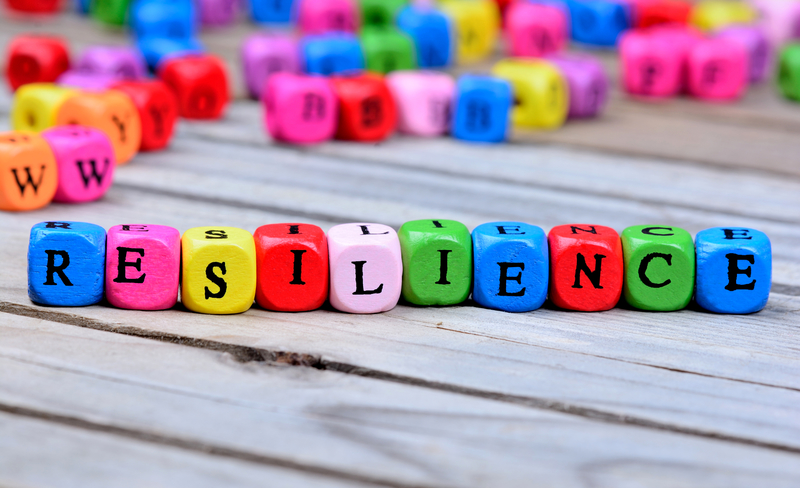
Just think of the times that have spurred the most growth, that have changed you in significant ways. I would bet that those changes resulted from your response to some challenge or obstacle—a loss that rocked you to the core. At least that’s how it’s been for me.
Whenever I’ve had a major setback or loss in my own life, I have always asked myself, “What can I learn from this?” Put another way, “How can I grow?” When I’m in my greatest stress or sorrow, I make a personal commitment to that growth—not because in the moment I’ve developed some high desire to evolve.
I just don’t want that much hurt to amount to nothing. Growing pains are real, and I don’t want what I call wasted pain.
Stacey Abrams. She’s not yet 50—having just turned 45 in December. Still, by 45, we have all been through the ringer more than once. Our resilience has been tried. Ms. Abrams is no exception. And she recently gave a talk at a TEDWomen event, where she shared her own resiliency path.
Stacey Abrams is someone to get to know because of her tremendous heart
Abrams was the first black woman major-party gubernatorial nominee in U.S. history. She ran as the Democratic nominee for governor in the 2018 Georgia race. Hers was a platform of inclusion and social justice. It was a brutal campaign; charges of voter suppression abounded, and the country watched as the Georgia election became a stage for the battle over voting rights (https://www.vox.com/policy-and-politics/2018/10/26/18024468/georgia-voter-suppression-stacey-abrams-brian-kemp-voting-rights).
And … in the end, Abrams’ opponent, Brian Kemp, won the governor’s seat. Abrams lost the battle.
I love Stacey Abrams. Full disclosure: I love her and her politics—and I was devastated when she lost the election. But … even if you don’t agree with her politically (although I hope you do), or you are not aware of what her politics are, she is someone to get to know because of her tremendous heart.
The core of Abrams’ talk was about purpose and holding fast to your goals
Abrams’ first major appearance after acknowledging that Kemp would become the next governor* was on the TED stage (https://www.ted.com/talks/stacey_abrams_3_questions_to_ask_yourself_about_everything_you_do?language=en).
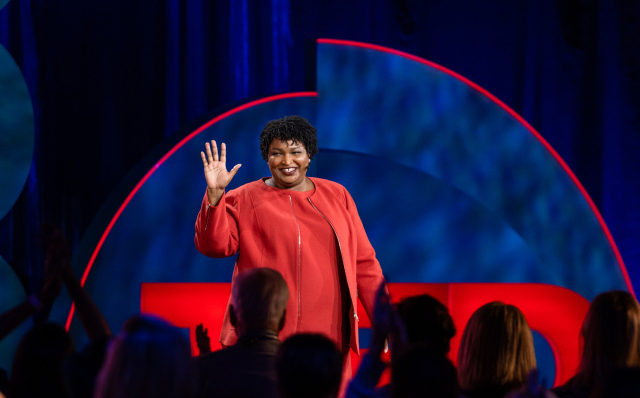
Her talk was not just about “bouncing back” after defeat; instead Abrams provided a thoughtful, powerful roadmap to evaluate failure and determine how to move forward in the face of it. For me, the core of Abrams’ talk was about purpose and holding fast to your goals.
She called her talk “3 questions to ask yourself about everything you do,” (TED famously uses lower case for its titles. Personally, I think “ideas worth spreading” deserve upper case lettering, but that’s another topic).
Abrams begins her talk with a story: As valedictorian of her high school class in Decatur, Georgia, Abrams was invited to a ceremony at the governor’s mansion along with the other Georgia high school valedictorians. Because Abrams and her family were poor and could not afford a car, they took the bus to the occasion.
When they entered the gates to the governor’s mansion, they walked along the side of the long driveway, as cars carrying the other valedictorians and their families passed them by. Finally, they made it to the guard at the entrance. Instead of letting them in, however, he took one look at them and said, “You don’t belong here. This is a private event.”
“He looked over our shoulder at the bus, because in his mind, the bus is telling him a story about who should be there.”
The guard didn’t ask Abrams her name to check if she was on the guest list. He didn’t ask to see the invitation. “Instead,” Abrams says, “he looked over our shoulder at the bus, because in his mind, the bus is telling him a story about who should be there.”
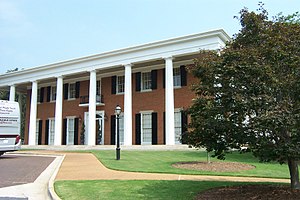
Abrams isn’t sure if the guard was making that judgment based on the fact that she and her family rode the bus or whether the color of their skin colored his pronouncement. But finally, after her parents’ repeated protestations, the guard looked at his list, saw their names, and let them in.
Abrams does not remember meeting the governor or any of the other valedictorians in attendance. “The only clear memory I have from that day,” Abrams says, “is of a man standing in front of the most powerful place in Georgia, looking at me, and telling me I don’t belong.”
She did not “waste” her pain but, instead, used it to fuel her desire for change
That memory stayed with her. How could it not? But it did not cause her to give up or give in to the status quo. She did not “waste” her pain, but, instead, used it to fuel her desire for change. She would run for governor: “I decided some twenty years later to be the person who got to open the gate.”
Unfortunately, Abrams did not win the election that would have given her that honor. Tasked, she is now, with deciding how to move forward, not only for herself but for the people she wants so deeply to represent: “You see, I didn’t just want to open the gates for young black women who had been underestimated and told they didn’t belong,” she says. “I wanted to open those gates for Latinas and Asian Americans. I wanted to open those gates for the undocumented and the documented, as an ally of the LBGTQ community, for the families who have to call themselves the victims of gun violence, for everyone in Georgia because that is our state and this is our nation and we all belong here.”
AMEN!
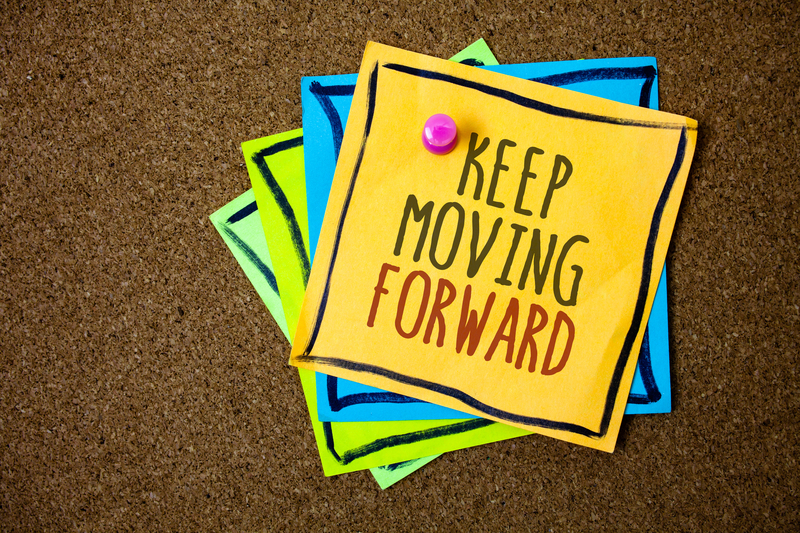
“Moving backward is not an option and standing still is not enough.”
Abrams will certainly move forward—she has never considered there to be any other choice: “Moving backward is not an option and standing still is not enough.”
But how? How does one move forward after an election defeat or any other type of loss or failure?
In all that she does—and especially after a setback—Abrams uses these three questions as her guide:
- What do I want?
- Why do I want it?
- And how do I get it?

And it is here, in answering those questions, that Abrams’ real lessons of perseverance and resilience begin.
“Do not allow setbacks to set you back.”
Abrams know what she wants. She wants change. And when you know what it is that you want, Abrams believes that you should be “aggressive” in your desire to achieve it. Do not succumb to the belief that you have set your sights too high, she urges. Go for your goal and “Do not allow setbacks to set you back.”
“As women, in particular, we are taught that if something doesn’t work out, it’s probably our fault”
Abrams stresses the process of reflection. One must consider the failure before one moves forward. Look to yourself, she suggests, to what you could have done better, to what you need to shift.
But, don’t take it all on: “Let yourself understand your mistakes but also understand their mistakes.” Abrams is adamant here: “as women in particular, we are taught that if something doesn’t work out, it’s probably our fault. There is usually something we could have been better but be clear about what others did wrong too.”
DOUBLE AMEN!
When we succeed, we are quick to share the glory. There’s no problem there. No one makes it totally on their own, after all. But why is it when we fail that we are so quick to own the failure so completely?
I am certainly not suggesting that we play a blame game or shirk our responsibility in the matter, and I’m sure that’s not Abrams’ intention either. But if we do not acknowledge others’ roles in the outcomes as well, we are not seeing the situation clearly. And … we will not be giving ourselves the best chance for success the next time around.
It is your “why” that will sustain you
Of the three questions that Abrams asks herself, the second, the “why” seems to be the most critical: You must know your “why” because when the going gets tough, when people discourage you or walk away, it is your “why” that will sustain you: “When you lose your first race, if you don’t know your why, you can’t try again.”
I have found that to be true. It’s the “why” that keeps you motivated to get back on that horse.
Next, there’s the how. We must know your “how” to overcome our obstacles. Everybody faces hurdles. That’s a given.
Fear may be the biggest roadblock in our path. But we can use that fear to push us forward—it need not paralyze us. We can Feel the Fear and Do It Anyway (please see this blog post, where we tackled that giant monster!
“We learn in those moments that fatigue is an opportunity to evaluate how much we want it.”
Another powerful obstacle is fatigue. Sometimes plugging along—or bouncing back—can be exhausting. You lose faith—and hope. You may even stop believing in yourself.
But Abrams offers this perspective: “We learn in those moments that fatigue is an opportunity to evaluate how much we want it.” If you’ve worked hard, harder than you ever thought you could, and your hopes/goals/dreams have suffered a setback, fatigue will often set in—sometimes even depression—and sap you of your energy.
That’s when you must look back to your “why.”
I’ve been running into some snags lately with my own writing. The book I’m working on about formerly incarcerated men—it’s moving at a much slower pace than I had planned. I am having self-doubts: Will I be able to finish it in this lifetime? Will I get their stories “right?” Who do I think I am, taking on this important task?
I look at others whom I see as models.
But when the fear and fatigue set in, I look to the guys—the men I am writing about. I see what they have endured and how they’ve bucked the odds and are creating new, meaningful lives for themselves. I see their determination and courage and how they keep moving forward—even if it’s one slow step at a time.

I look at others whom I see as models. To women like Stacey Abrams. To the parents of Newtown, CT and the teen survivors of Parkland, FL, fighting to change our gun laws. I look to parents fighting for kids with autism—advocating for more services and for greater public understanding and sensitivity. To parents of kids afflicted by addiction—how they take one day at a time. I look to environmentalists and to the Native Americans I recently read about who fought for years against tremendous odds and have been successful in reclaiming some of their land. (If you’d like to learn more about their struggle, I highly recommend the fascinating book Reclaimers by my wonderful Antioch mentor Ana Maria Spagna.) https://www.amazon.com/Reclaimers-Ana-Maria-Spagna-ebook/dp/B014M1KKRA/ref=sr_1_1?crid=3FRT8DALA7U59&keywords=reclaimers&qid=1555437951&s=gateway&sprefix=reclaimers%2Caps%2C127&sr=8-1
“It’s easy to feel like giving up … But it’s very hard to give up”
Ana Maria quotes one of the tribal elders, Grace Goad, in Uplake, another really powerful read. When Ana Maria asked the elder if she ever felt like giving up her fight to reclaim her tribe’s land, Goad responded, “It’s easy to feel like giving up … But it’s very hard to give up.” (I keep those two sentences by my desk for inspiration.) https://www.amazon.com/Uplake-Restless-Essays-Coming-Going/dp/0295743220/ref=sr_1_fkmrnull_1?crid=TBSIXC2TQOII&keywords=uplake+spagna&qid=1555438159&s=gateway&sprefix=uptake%2Caps%2C127&sr=8-1-fkmrnull
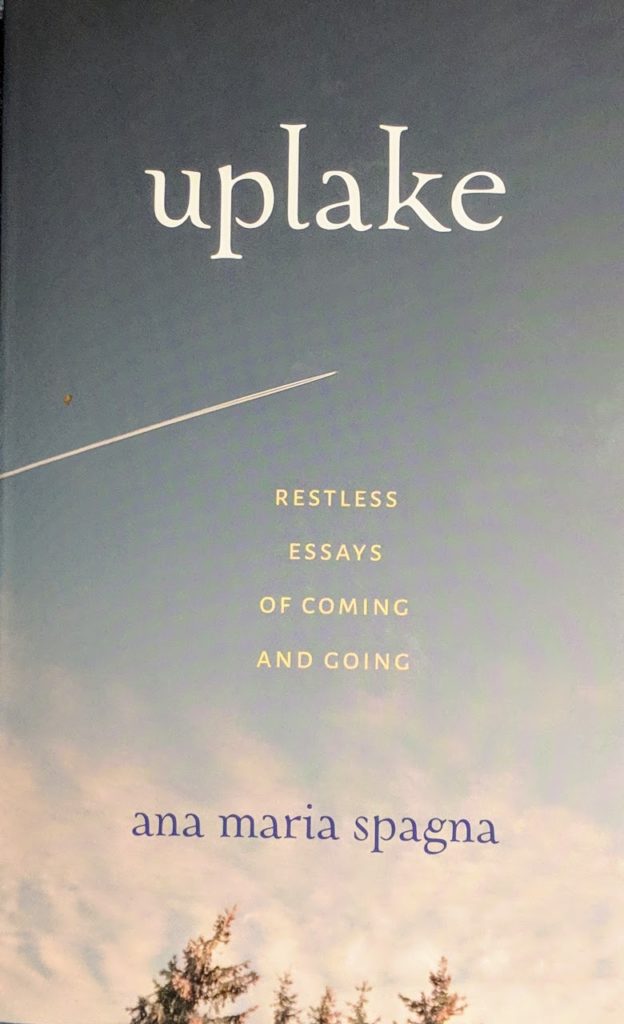
If Goad can keep going in the face of enormous obstacles, who am I, who are we, to give up on our dreams?
“If your dreams don’t scare you, they’re not big enough.”
Whatever is your cause, your goal, whatever it is, Abrams says, that makes you “unable to sleep unless you dream about it,” that’s what you look to. You keep going “not because you ‘should’ but because you must.”
I have two tattoos on my body, and I am thinking of getting a third: “If your dreams don’t scare you, they’re not big enough.” I want that inked on my left wrist, the inspiration close by whenever I’m feeling in doubt. (By the way, both Steven and my sister have offered to buy me a bracelet with the words instead, but I just don’t think a bracelet will do!)
“If your dreams don’t scare you, they’re not big enough.” That’s my resilience motto. Through setbacks, defeats, losses—I come back to my “why,” to the reason behind the dream. I do my best to keep at it, even if it’s just one slow step at a time.
What are the questions or sayings that motivate you, that keep you going during tough times? I’d love to hear how you deal with setbacks—and with fear and fatigue. Let me know in a comment or an email!
I will be taking a week off from posting—I’ll be on a cruise next week—and off the Internet!
Wishing you wonderful holidays and a great two weeks!
See you in two Fridays!
Diane

*(Abrams did not concede the election—anyone who has not heard her acknowledgment speech, take a listen: https://www.cnn.com/2018/11/16/politics/stacey-abrams-concession/index.html)


It’s probably safe to say I love, respect, and admire Stacy Abrams as much as you do, Diane! I’ve been inspired by the grace and dignity with which she always conducts herself, regardless of the situation, or the person with whom she is communicating.
We should get matching tattoos :))
It’s taken me a really long time to develop any resilience and persistence; being impatient for change doesn’t help.
In this post-MFA period I’ve had to remind myself to “Write what I want to read.” This has been calming and grounding as I feel adrift in writing advice, conventions, and of course, rejection! My dream of challenging my collectivist, sexist culture scares the shit out of me. (Can I say that?) So I guess it’s big enough. I still want to write the book(s) that would have helped me growing up, as I tried to make sense of axiomatic cultural conventions that kept me subordinate and quiet for too long.
Thank you Diane,for once again, focusing our attention on the people and ideas that are worthy of our time.
Sarita! Thanks for your grace and courage! Keep challenging and write those books–love that idea–“to write the book(s) that would have helped me growing up.”
And matching tattoos–sounds like a plan!
I don’t think I will ever forget the valedictorian story. What courage Stacey and her family showed that day. Thanks for sharing this Diane.
It is a very powerful story, Nicky, and I feel the same way. If you get a chance to click on the link to the TEDWomen Talk, you won’t be disappointed. It’s worth listening to Stacey Abrams tell the story in her own words and voice.
Life itself has always been and will always be a series of challenges. As with Ms. Abrams, most of us learn from these challenges in order for us continue to strive for a balance in life and enjoy the moments of tranquility which tend to be fleeting. What is unique about Ms. Abrams and the others you write about is their commitment to change the status quo for the betterment of the many and not just for themselves. Thanks for your continued focus on these unique individuals in your blog.
Thanks, Steven, for your comment! Yes, those fleeting moments! And yes, too, to those committed to “change the status quo for the betterment of the many and not just themselves.”
Great piece, Diane. Thanks for sharing such an important and inspiring example of resilience and writing about it in such a thoughtful way.
Thanks, Aaron. Stacey Abrams is an inspiring example of resilience. When I saw her TEDWomen talk, I knew I had to share it.
I love Stacey Abrams! Diane, thank you for sharing. I did not know her valedictorian story before reading this blog entry! She is incredibly inspiring.
Thanks, Rachel, for the comment! Her valedictorian story is so painful but I’m grateful that she used that pain as fuel!
So much wisdom in these words. Thank you, Diane!
Thank you, Jessica! So good to hear from you!